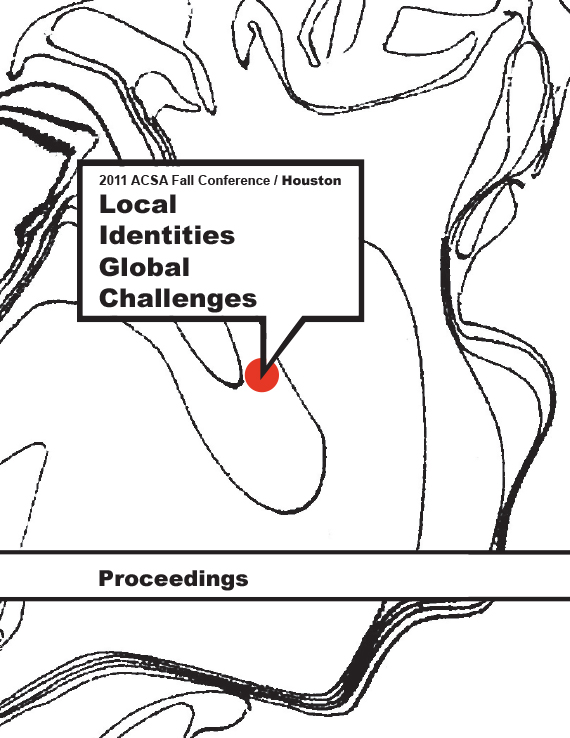Author(s): Donna Kacmar
Houston is a diverse city and its version of public accommodation is different than most North American cities. The public comes together and mixes in an informal way at several businesses that provide a glimpse into the public character of the city and its citizens. Sites such as W. Alabama Ice House, Jimmie’s Ice House, Cream Burger, Champ Burger, Tacos D Mundo, and El Taquito Taqueria are true “third places” where citizens of different backgrounds and lifestyles come together, mix, and enjoy their community. These sites find Houstonians out of their cars in spaces that mediate between the highly automotive environment and a more pedestrian traditional urban situation. These sites also offer a way to sustain neighborhoods and the accommodation of the city’s citizens. Ice houses are neighborhood open air bars, primarily located along Interstate 10 between Houston and San Antonio, that once supplied blocks of ice to neighborhood residents for their private food refrigeration needs. Over time these small scale ice distribution centers started caring a few perishable items and cold beverages such as beer. When dropping by to get ice or perishables customers would often linger to share a cold beverage and a story of local interest. The function of ice houses has adapted yet the cold beverages and community function remain. They are characterized by a small enclosed space that is wrapped by generous porches, awnings, and shade that allow patrons a large visual connection to the street and remain a vital part of their community. Taco stands can be any variety of small owner operated mobile units that offer tacos and other simple Mexican foods. Most taco stands start as buses, trucks or trailers that are converted into a mini restaurant complete with a kitchen, windows, shade flap above the ordering area, and a small fold down counter for dining. Some taco trucks are truly mobile and move about the city all day long and stop at multiple construction sites and similar areas to provide lunch where no other food establishments are available. Many taco stands are stationary for long periods of time; even though they drive from home to commissary each day they park at a specific site where their regulars are waiting. Taco stands also offer a unique entrepreneurial opportunity as many current owners started by renting a vehicle and then saving up to buy a used or new vehicle. John Kaliski refers to the taco stand as an “adjunct enterprise” of informal and invisible organization that claims space in an improvised way. This improvisation and the mobility of the units offers a well-suited easily adjustable model in a city that is rapidly growing and redeveloping aiding in Houston’s continual reinvention.
Volume Editors
Ikhlas Sabouni & Jorge Vanegas

 Study Architecture
Study Architecture  ProPEL
ProPEL 
